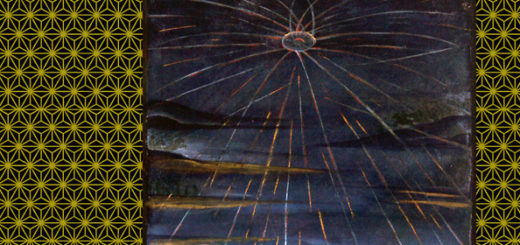Learning to Listen

I’ve set myself a long, slow project: learning to listen to music. There’s a low rumble of piano lessons in the distant background (from age 6), lessons focussed on the solo literature and good music, which is to say classical — not new, not contemporary and to a child in the 1950s, not relevant. It’s hard to say what the effects were longish-term. But at least I’m hoping this little exercise will let me in to the huge, sprawling, messy “classical” category of contemporary music.
From Friday, 18 September, I’ve been listening to the work of one composer a week. I’m following a list of 50 composers compiled by the music critic and broadcaster Tom Service (his BBC Radio 3 program is called The Listening Service — logo image above). Within the BBC, his special area is — yes — contemporary classical, with all its tentacles in jazz and rock and experimental, alternative and indeterminate. Barring unforeseen circumstances, I’ll get through the list in early September 2021, and although uncertainties loom on every front these days, my own daily patterns are currently predictable enough to approach tedium.
Listening is not easy. I have to actively resist the temptation to listen while I’m cooking or cleaning or gardening. That’s inadmissible by definition. It’s a question of respect, not to mention safety in some cases. There’s a temptation to run away from dissonances or prolonged repetition or full-orchestral passages that ooze righeous pomposity. I’m OK with complex or superimposed rhythms, but when the whole thing seems to have gone into fibrillation, I really feel abandoned.
I’ve been surprised by many, things, not least my own penetrating ignorance. But that leaves a lot of scope for the satisfactions of feeling a little wiser now and then. I am surprised by the completely new worlds that open up with each composer — new values, goals, boundaries — above all, new sounds! I am also surprised by the strength of my resistances. Here, it seems, I am not alone.
One way to judge music is, of course, by its popularity. That, in turn, tends to be measured in terms of “sales” — statistics on listeners in the case of broadcasts, or downloads in the case of streaming sites. Actual performances barely figure in the numbers. By such measures, classical music is rising in popularity in relation to other genres. But — and it’s a big “but” — buyers very rarely look for the classical music by, say, composer, performer, period, instrumentation, or compositional form (sonata, concerto, quartet, symphony, etc.). Instead, the music is divided into such categories as dancing, working, chatting, relaxing or sleeping — music as accessory, distraction or filler. Doesn’t that change everything? I think it makes my effort to listen look seriously retro. It also reinforces my committment to seeing it through.


